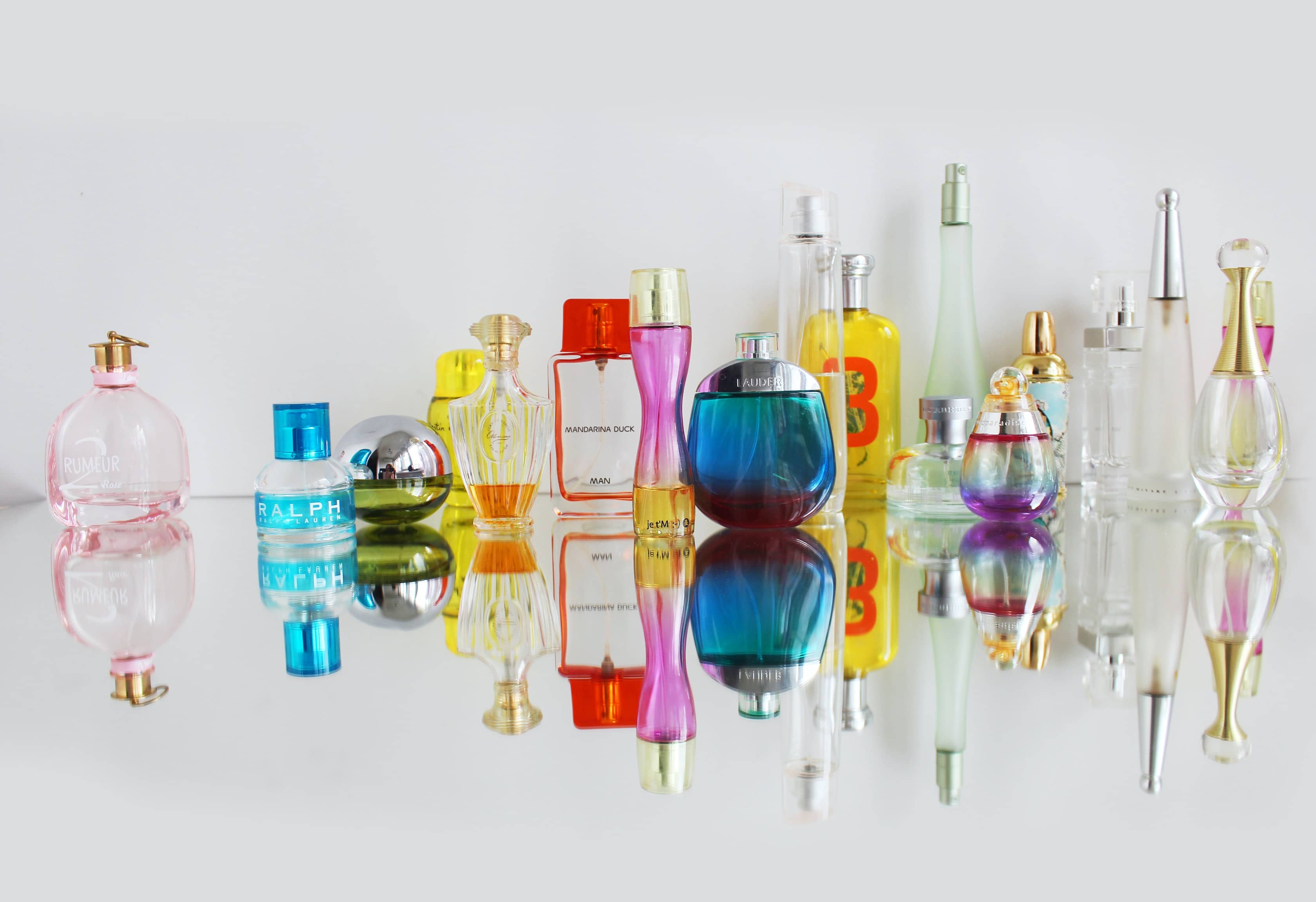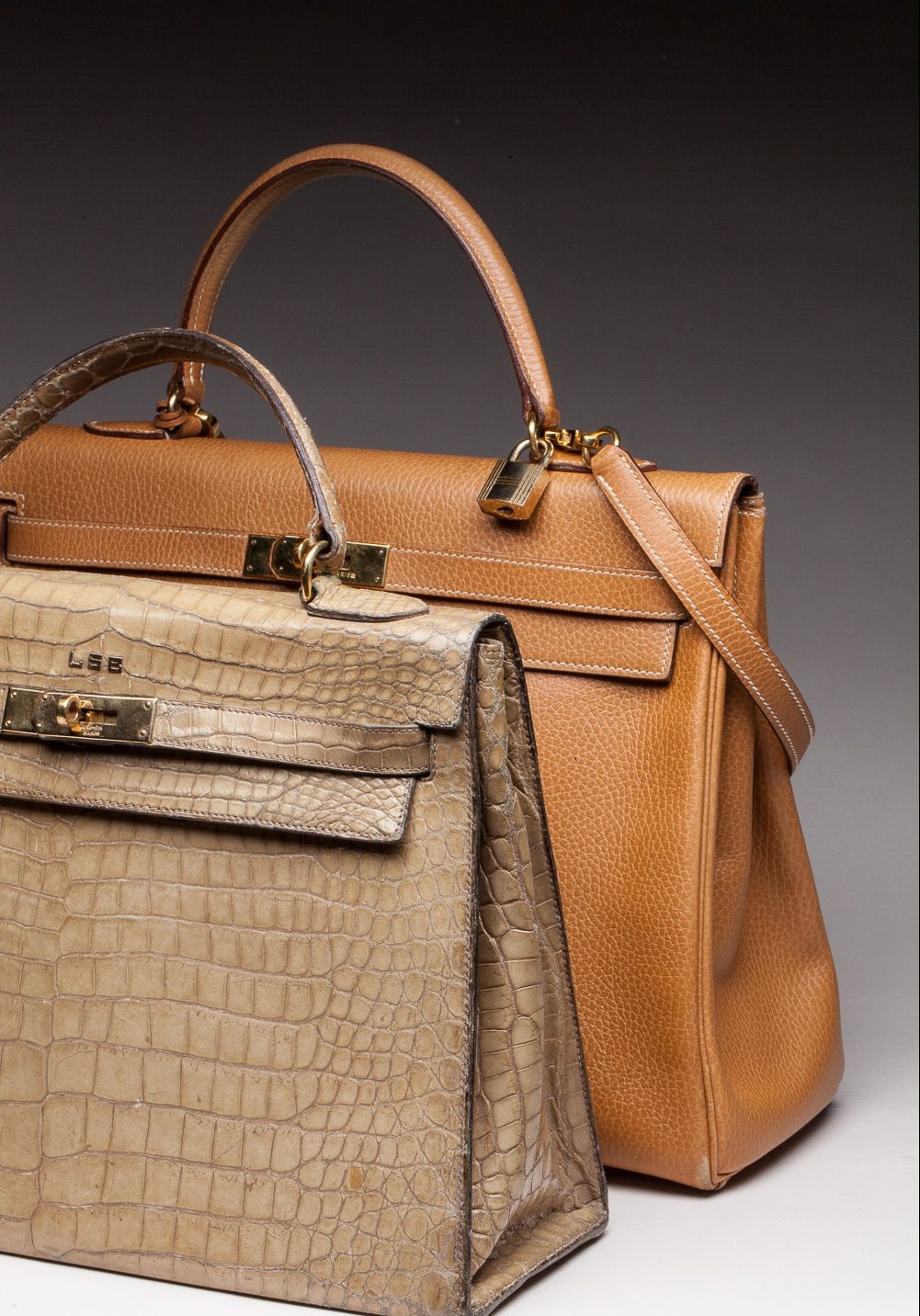[vc_row njt-role-user-roles=”administrator,armember”][vc_column][vc_column_text]
Considering the sanitary and economic crisis that has been raging throughout the world for six months now, Interparfums estimates its 2020 turnover at around 300 million euros. The perfume designer – whose debt is also neutral – generates the majority of its revenue from its licenses Montblanc (29.1% of revenue), Jimmy Choo (21.3%) and Coach (17.8%). Analysis of a winning business model based on the worldwide deployment of a portfolio of well-known brands.
Located on the Champs Elysées, Interparfums specializes in the creation of luxury perfumes that it markets through franchise chains, selective perfumeries, department stores or even airport boutiques (duty free), and more recently, available online.
Among its best-known brands are Jimmy Choo, Lanvin, Karl Lagerfeld, and Montblanc. Interparfums operates by developing perfume lines on the basis of licensing agreements with renowned luxury houses. The company may have control over the entire chain, from the creation of the perfume to its distribution, or by owning the brand, as is the case with Lanvin and Rochas perfumes, for example.
Risks to the business model
For Interparfums, the main risk to the business model is the non-renewal of its licenses (as was the case with the end of the agreement with Burberry in 2013). However, licenses are granted for long periods, sometimes more than ten years (the longest is 20 years for Karl Lagerfeld) and the expiration dates of the main licenses are still far away.
The perfumes and cosmetics market has been strongly and globally disrupted by the lockdown, which has led to the closure of almost all points of sale. While stores are gradually being partially reopened, Interparfums’ revenue is nevertheless impacted, with a 42% decline in the second half of 2020.
Growth that continues to evolve
However, perfumes and cosmetics e-commerce is more popular year after year, a trend that is accelerating even more with the health crisis. In this competitive context, Interparfums operates in a challenging environment facing luxury brands such as L’Oréal and LVMH.
Interparfums now estimates its 2020 revenues at around 300 million euros (compared to an estimated 500 million euros in November 2019).
More recently, Interparfums signed an exclusive 10-year, 6-month license agreement with the Kate Spade brand, which began in January 2020. Distribution is expected to start in the fall with strategic launches and could represent good growth opportunities in the coming months and years.
Interparfums is a stock market value for French luxury goods that does not enjoy the same notoriety as other major French groups such as LVMH and L’Oréal, but is nonetheless promising. The Interparfums share continues to grow at a more than interesting rate with a strong rebound from its low point of €28. It has now posted a latent gain of nearly 20% over the year.
Read also > INTERPARFUMS ACQUIRES 25% OF THE ORIGINES-PARFUMS PERFUMERY SPECIALIST PLATFORM
Featured photo: © Unsplash[/vc_column_text][/vc_column][/vc_row]








